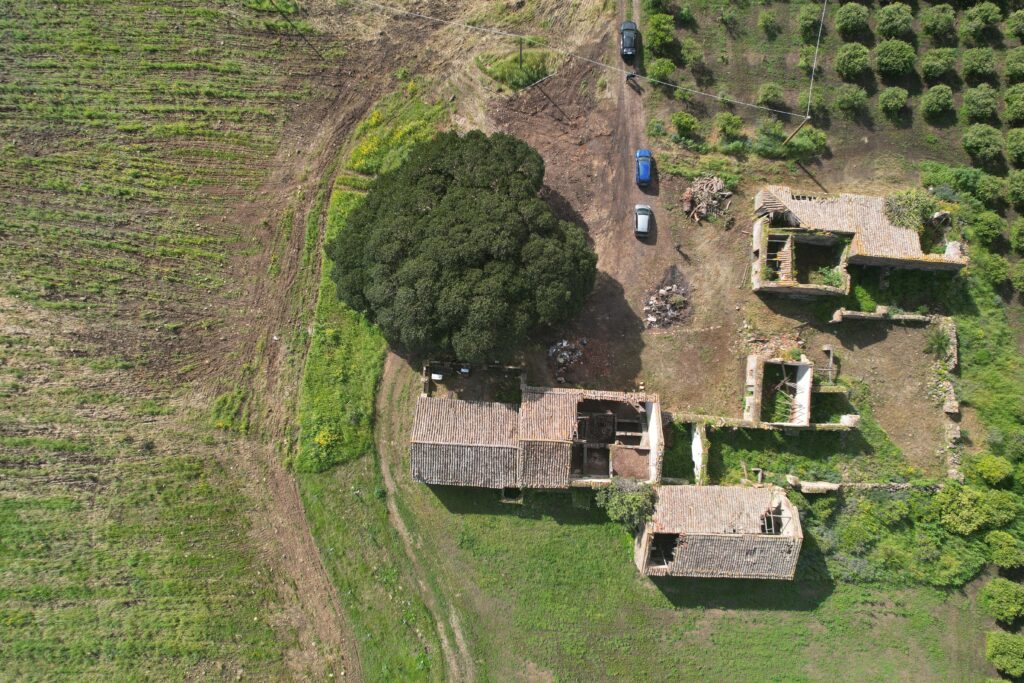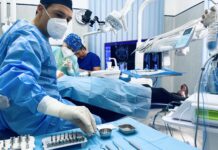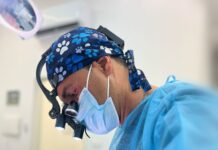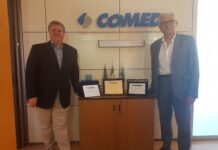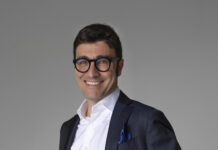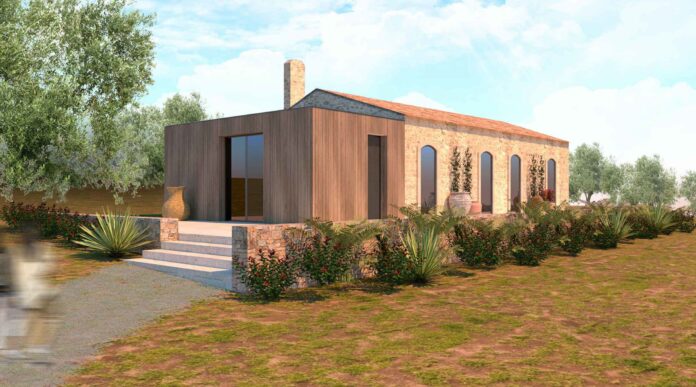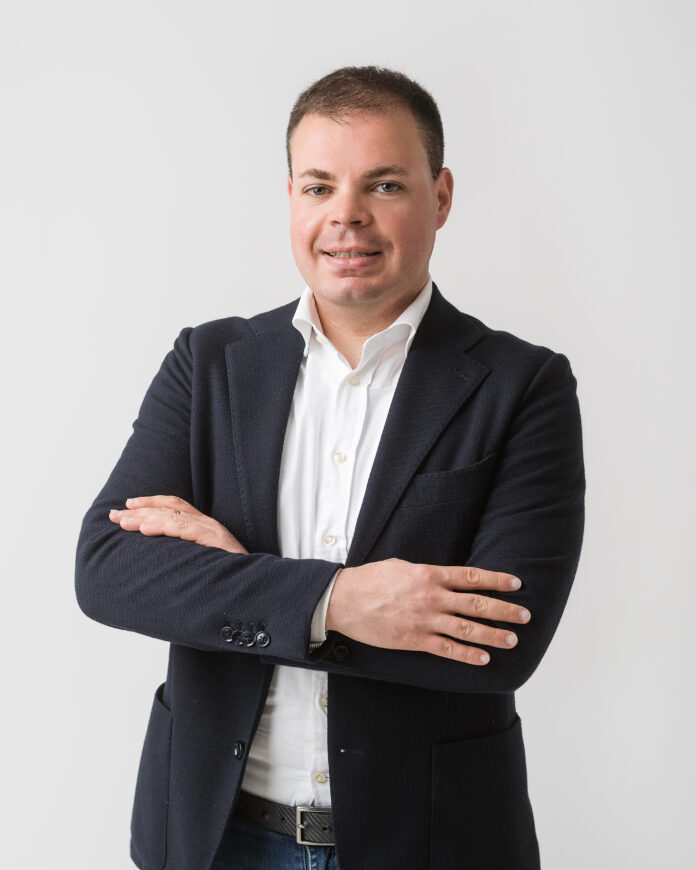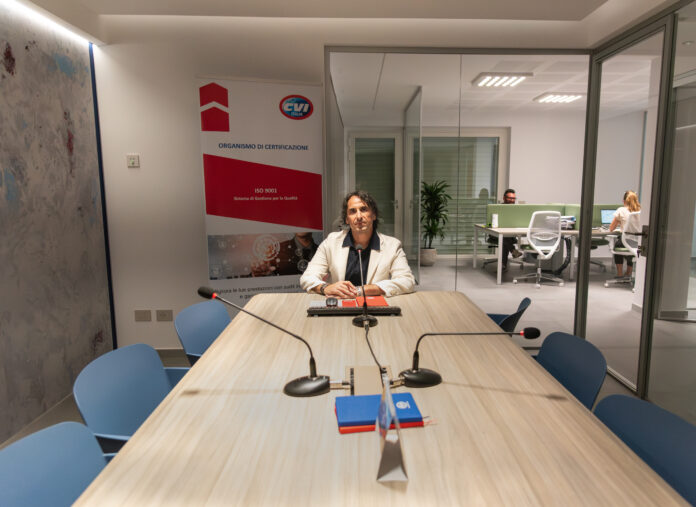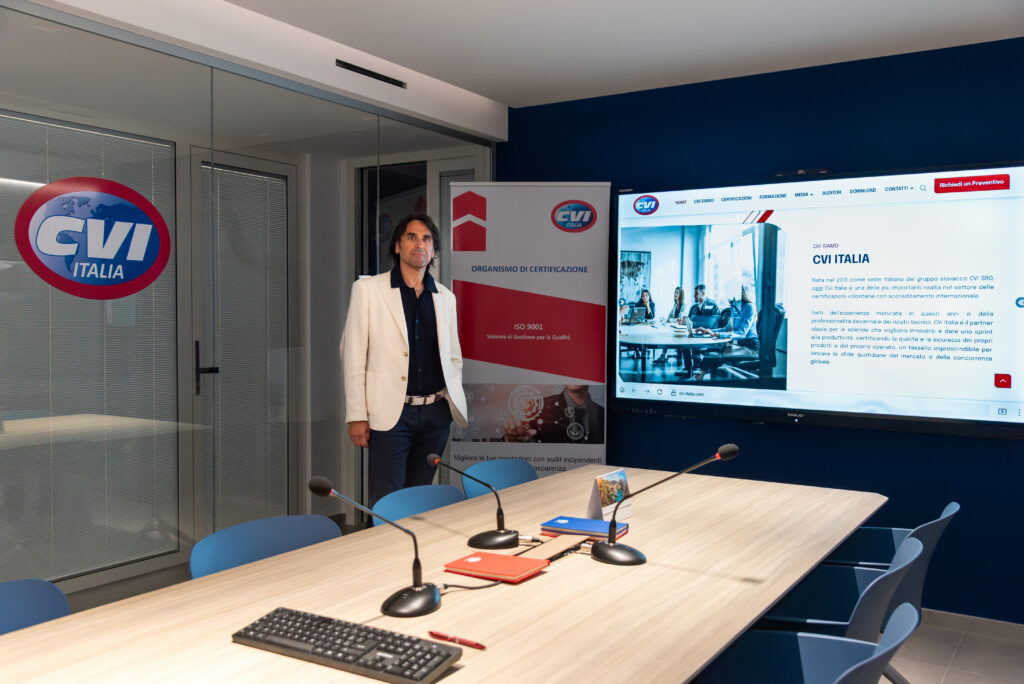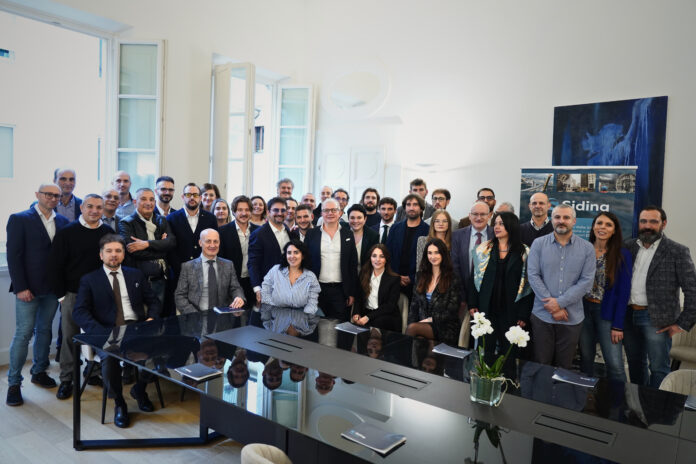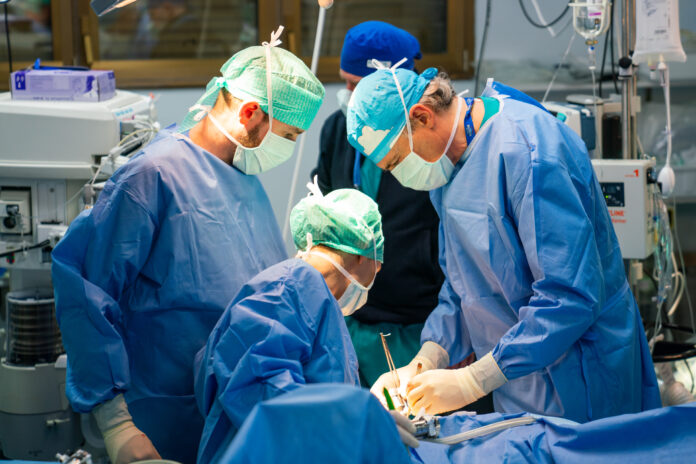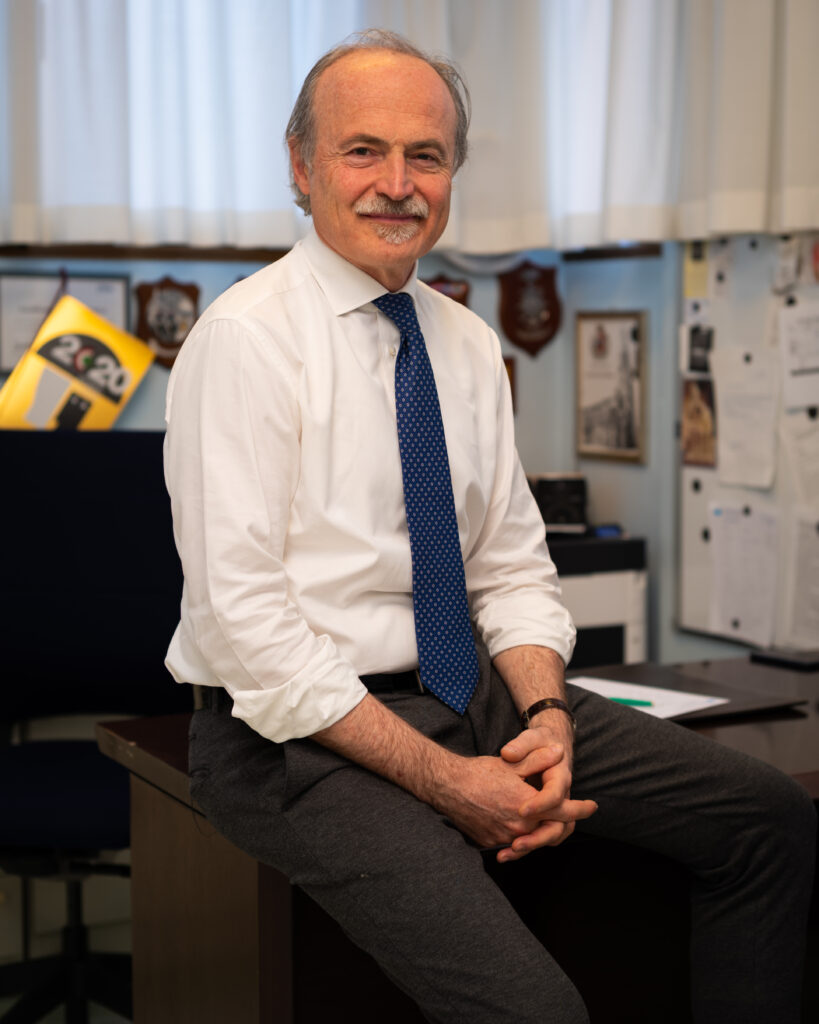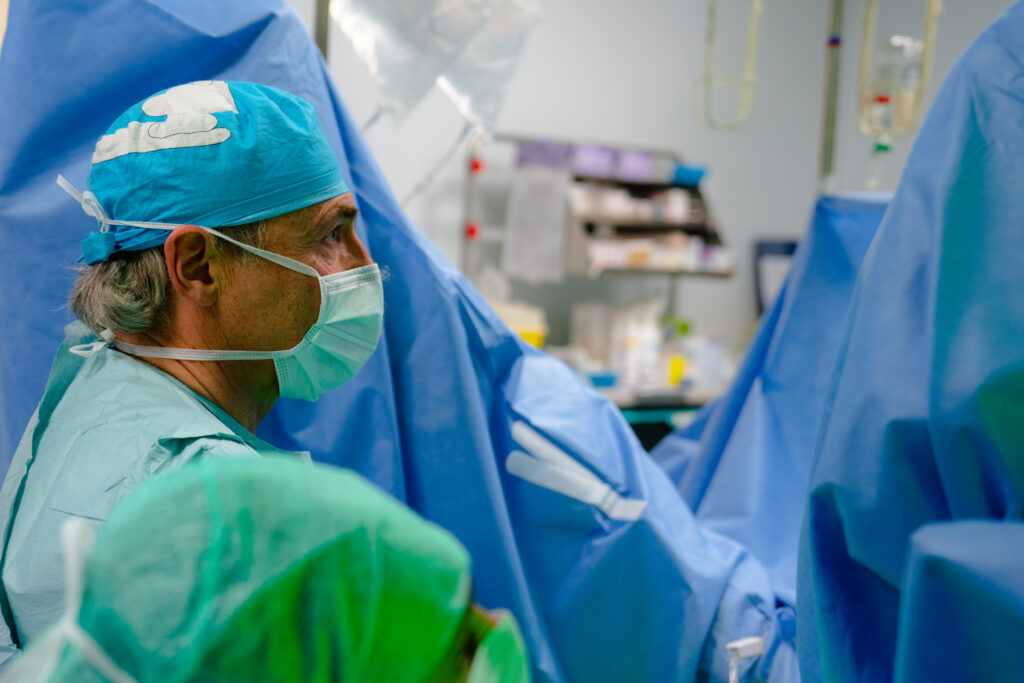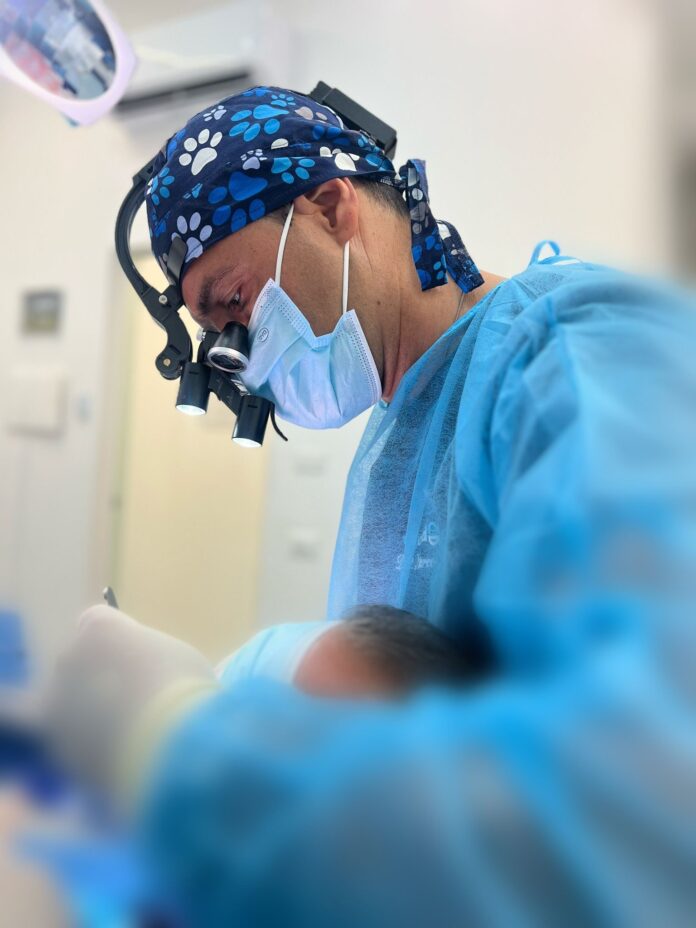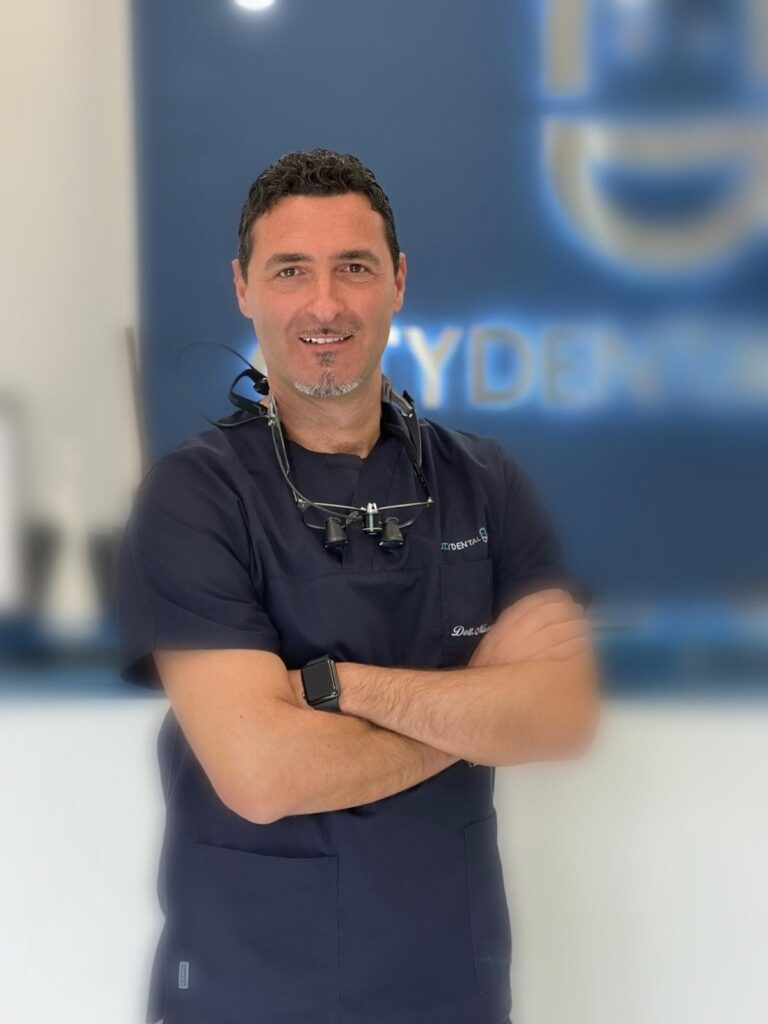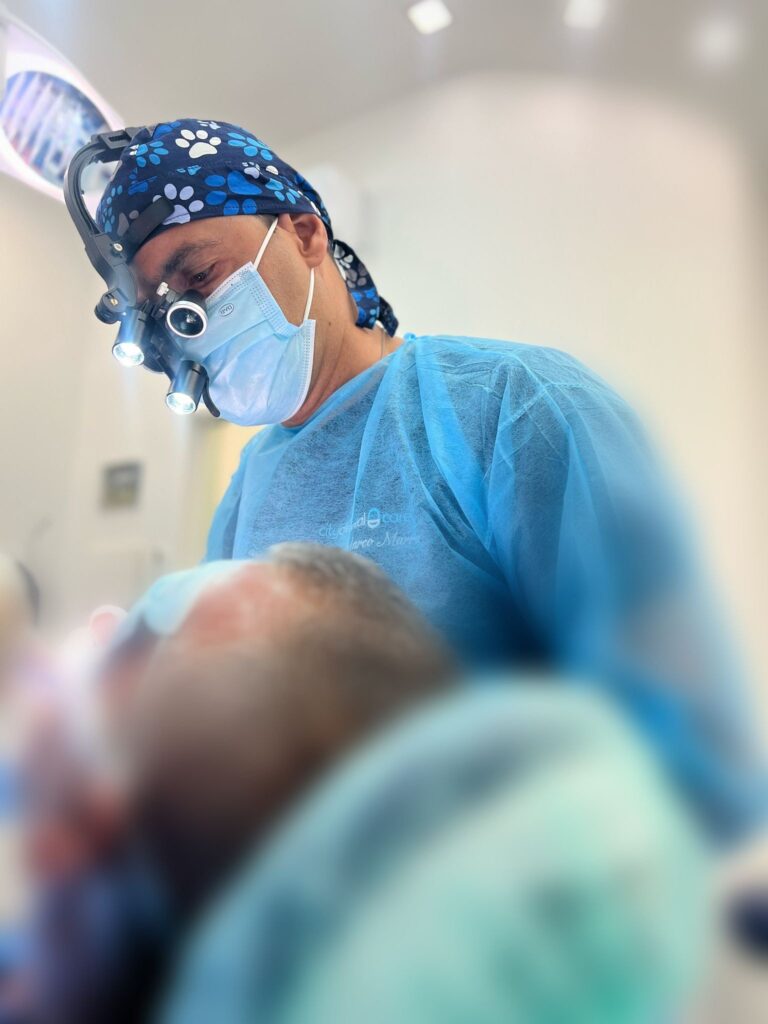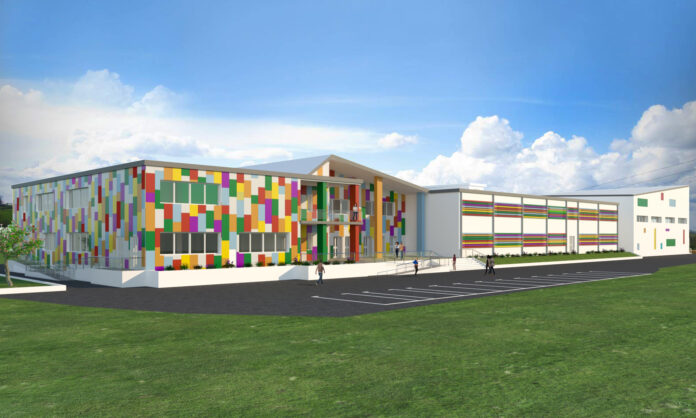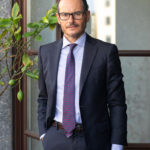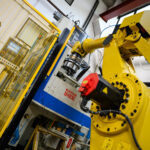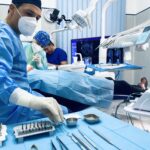In an increasingly fragmented technical sector, plagued by overlapping regulations and operational inefficiencies, Treesessanta presents itself as an alternative, concrete, and contemporary model. Founded in Misterbianco (Catania) by engineer Nicolò Giuseppe Cavarretta, the firm has quickly become a point of reference for both public and private clients, thanks to a multidisciplinary approach that blends competence, clarity, and responsibility. Architectural, structural, and systems design, safety, cadastral procedures, real estate development—all managed under one umbrella, with a clear philosophy and an integrated vision of construction. We met with engineer Cavarretta to understand what it means today to practice engineering with method, ethics, and foresight.
by Roberta Imbimbo
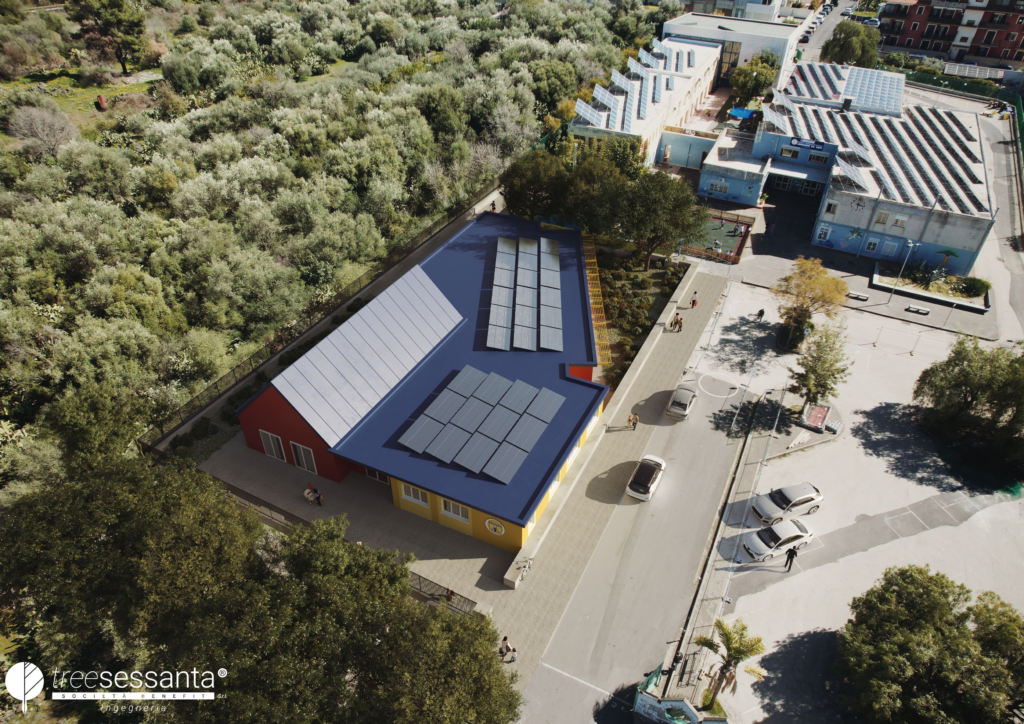
Engineer Cavarretta, Treesessanta is a young but already well-established company. Where did it originate, and with what vision?
Treesessanta was born from a concrete intuition, developed after years of experience across construction sites, public agencies, and private clients: to make technical design more accessible, fluid, and understandable. I wanted to go beyond the “siloed” model of traditional firms and create a structure in which design, consulting, and technical management could communicate transparently and in coordination. The idea, at its core, is simple yet revolutionary: simplify complexity. We offer clients a single point of contact for all phases of a project, ensuring not only efficiency but also active listening, continuity, and a strong sense of responsibility. Whether it’s a private residence, a public infrastructure project, or the restoration of a historic building, we apply the same rigor and care.
Your approach is described as “integrated.” What does that mean in practice?
It means moving beyond fragmented expertise. At Treesessanta, architects, structural engineers, system designers, surveyors, and consultants work together in a network, with a shared methodology and common goals. This allows the client to interact with a single representative who coordinates each phase—from the initial concept and feasibility analysis to the executive design, construction, and final value enhancement. It’s a model that optimizes time and resources, avoids duplication, and ensures more solid results. But most importantly, it brings clarity and peace of mind to those who entrust us with complex projects.
One of your stated priorities is sustainability. How is that commitment put into practice?
For us, sustainability is not a trend but a professional and cultural responsibility. We’ve obtained ISO 14001:2015 certification for environmental management, but our approach goes further: we integrate solutions into our projects that reduce environmental impact, promote low-energy materials, and carefully assess the building life cycle. Every decision, even the most technical, is made with consideration for its impact on the environment, on communities, and on the future. Today, engineering has a moral obligation to help build a new balance between development and preservation.
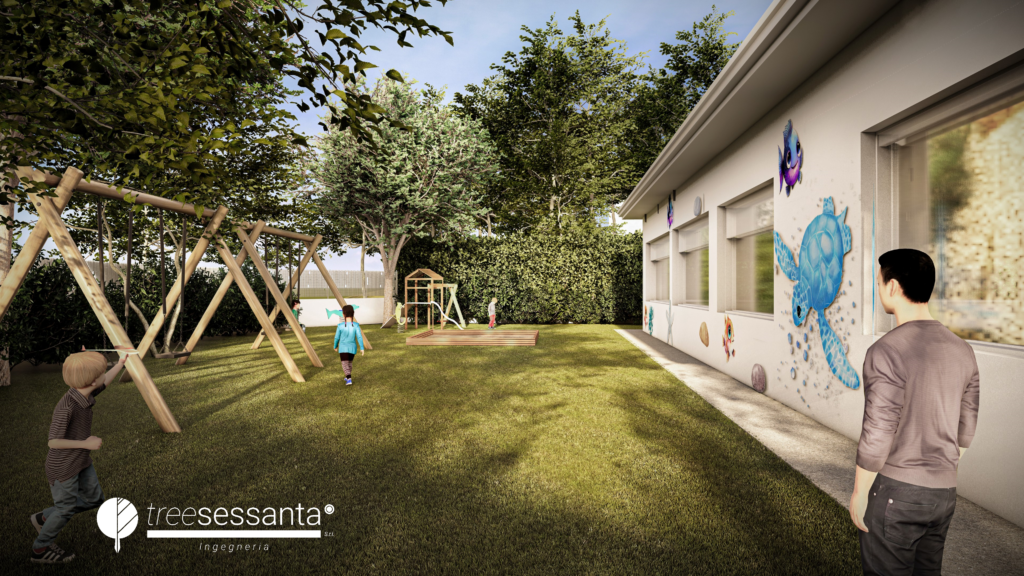
Treesessanta has also received gender equality certification. How important is ethics in a technical firm?
It’s as important as competence. Without shared values, technical expertise risks becoming sterile. Our certifications—ISO 9001, 45001, UNI/PdR 125—demonstrate our commitment to quality, safety, sustainability, and inclusion. But they’re not end goals; they’re tools for continuous improvement. For example, gender equality for us means creating a fair environment where merit and skill matter more than gender, background, or age. Ethics permeates everything—from internal management to relationships with clients and public institutions. We cannot design structurally sound buildings without building equally strong ethical foundations.
Looking to the future, what are the most urgent challenges for modern engineering?
The greatest challenge is cultural. We must move beyond the outdated idea of the engineer as a distant or self-referential technician. Today, we’re called to be facilitators: bridges between regulatory, environmental, and human needs. Digitalization, AI, and sustainability are powerful tools—but they must be guided with clarity and critical thinking. That’s why we invest heavily in ongoing training, because we believe that competence is a living asset that must be nurtured daily. Only in this way can we continue to provide intelligent, reliable, and truly useful solutions. We aim to represent a new operational paradigm: rigorous yet empathetic, technological yet ethical, structured yet close to the client. A laboratory where engineering meets listening and responsibility. A model to observe, replicate—and why not—follow.
